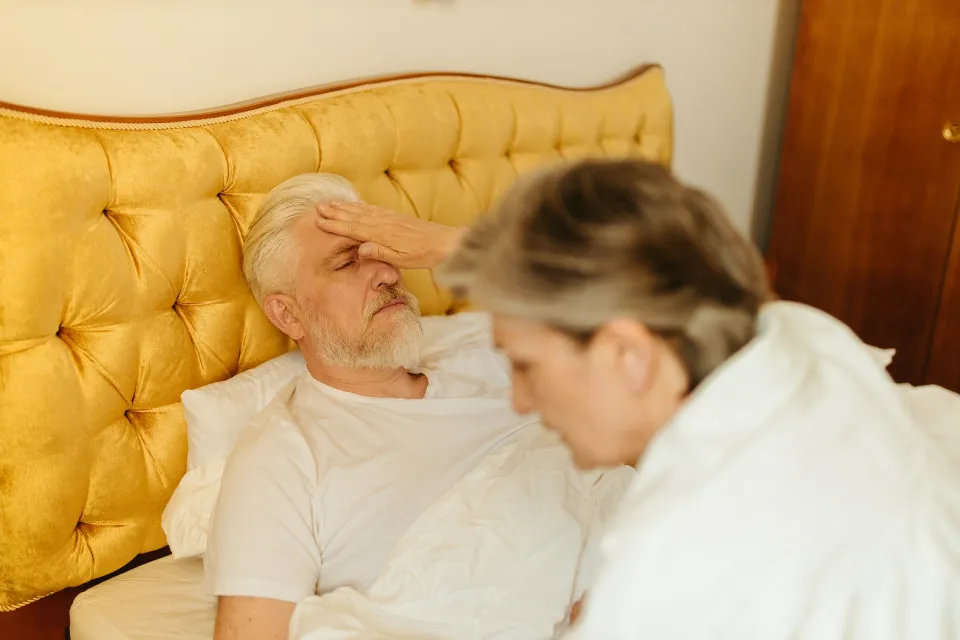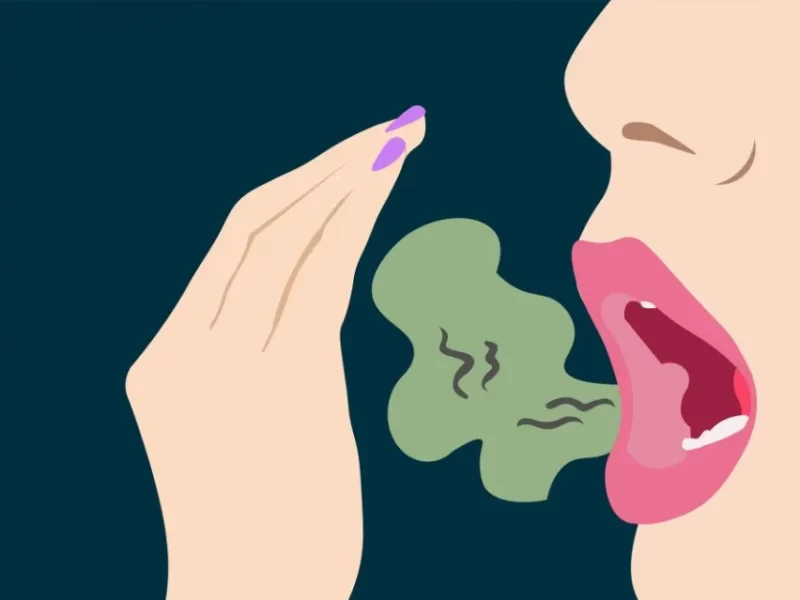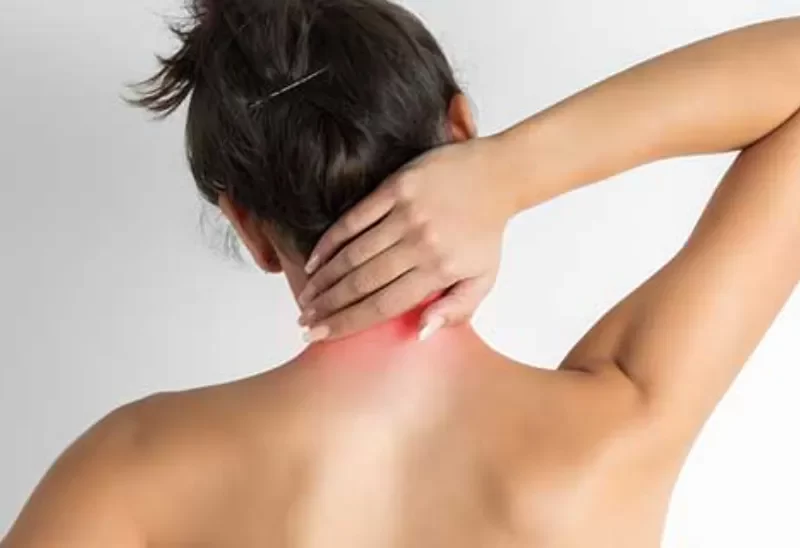Older adults frequently experience orthostatic hypotension (OH), which is a condition that is frequently seen in hospital inpatient units and emergency rooms. Early diagnosis and treatment are essential because it raises the risk of falls, fractures, dementia, and death.
Instead of treating the hypotension itself, orthostatic hypotension is typically treated at its source. For instance, if upright hypotension is being brought on by dehydration, the elderly patient’s healthcare provider might suggest making changes to their way of life, like drinking more water. Altering the dosage of the medication or stopping it altogether are possible treatments for upright hypotension caused by medications. Sitting or lying down right away after standing up and experiencing dizziness is one of the simplest treatments for mild orthostatic hypotension. The signs will frequently go away. Sometimes treatment for orthostatic hypotension is necessary.
Orthostatic hypotension (OH) in older adults is caused by a number of factors, which are thoroughly discussed in the following section along with suggested treatments.
Related: What is the Best Exercise for Poor Circulation in Legs: 6 Tips – Elder VIP
What is Orthostatic Hypotension?
Orthostatic hypotension, also known as postural hypotension, is a condition where an elderly person’s blood pressure rapidly drops when they stand up after sitting or lying down. This type of low blood pressure can make elderly people feel lightheaded or faint. The majority of the time, symptoms get better when elderly people switch medications or get up more slowly.
When elderly people stand up from a seated or prone (lying down) position, their blood pressure drops abruptly. The elderly might experience fainting or dizziness. An orthostatic posture is one that is straight. Low blood pressure is hypotension. Another name for this kind of low blood pressure is postural hypotension.
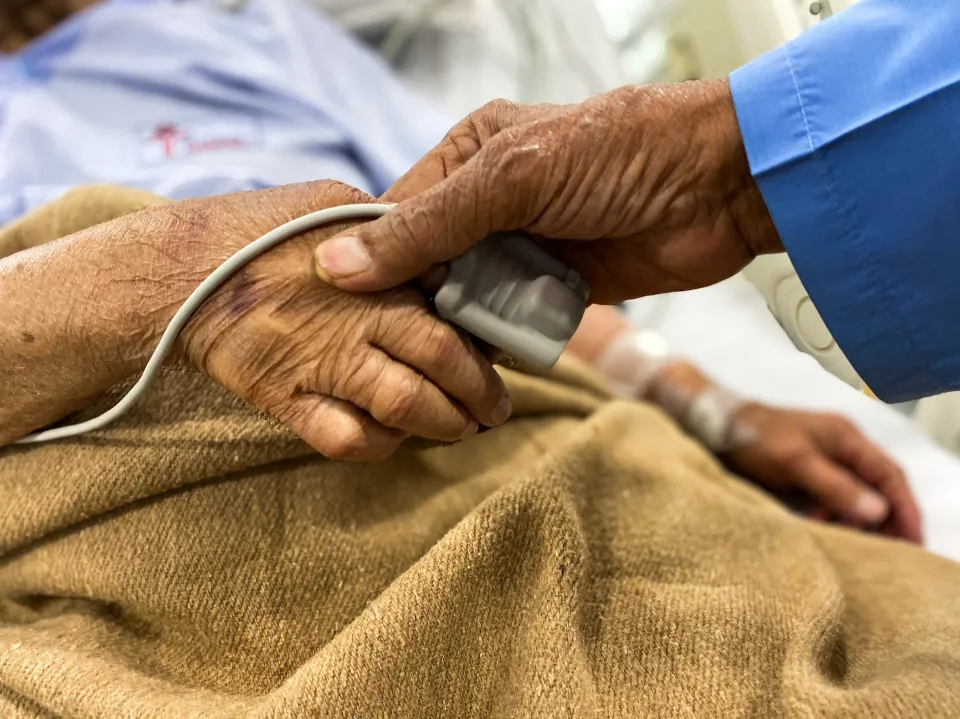
Who is Easy to Get Orthostatic Hypotension?
Orthostatic hypotension can occur in anyone. As people get older, the condition is more prevalent. These factors increase the elderly risk:
- Anemia or vitamin B12 deficiency.
- Dehydration from diarrhea, vomiting or diuretics.
- Endocrine problems, including diabetes, thyroid disease and Addison disease.
- Heart conditions, including arrhythmias and heart valve disease.
- Medications for high blood pressure (hypertension), heart disease and depression.
- Neurological problems, such as Parkinson’s disease and dementia.
- Pregnancy, especially during the first 24 weeks.
- Prolonged immobility because of illness, including pregnancy bed rest.
What Causes Orthostatic Hypotension in the Elderly?
Age
People over 65 are more likely to experience orthostatic hypotension. With age, the unique cells (pressure receptors) that regulate blood pressure in the vicinity of the heart and carotid arteries become less effective. An aging heart also has trouble beating more quickly to make up for the drop in blood pressure.
Drugs. These include angiotensin-converting enzyme (ACE) inhibitors, diuretics, alpha-blockers, beta-blockers, calcium channel blockers, nitrates, and medications used to treat heart conditions or high blood pressure.
Certain Diseases
Some heart conditions, such as heart valve problems, heart attack, and heart failure, may raise the risk of low blood pressure. They also consist of specific neurological conditions like Parkinson’s disease. comprises ailments like diabetes that damage the nerves (have neuropathy).
Medicine
Narcotics, some antidepressants, some antipsychotics, muscle relaxants, erectile dysfunction medications, and medications for Parkinson’s disease are additional medications that may increase the risk of upright hypotension.
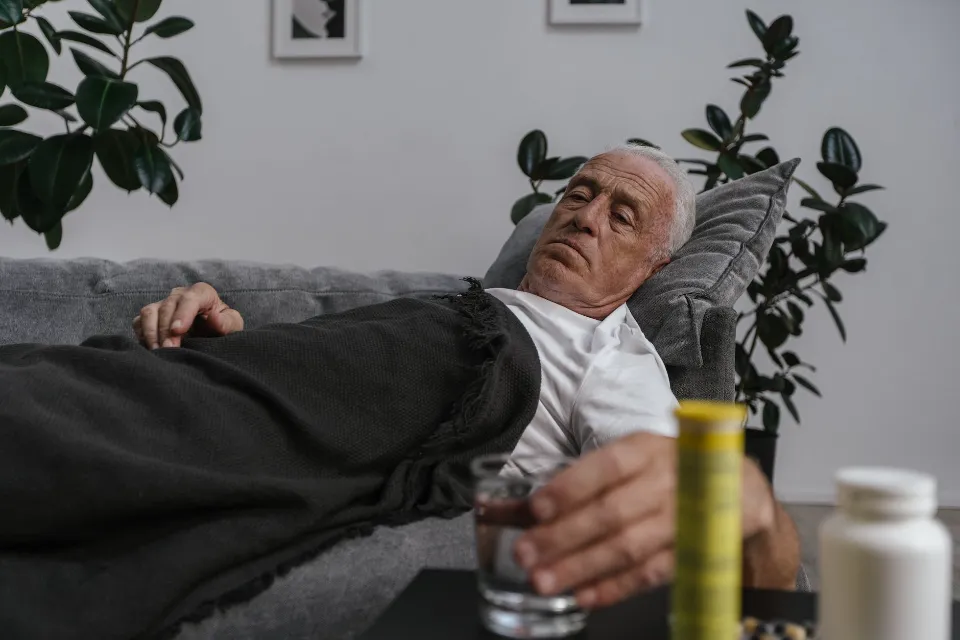
Exposure to Heat
Heat-related heavy perspiration and dehydration can lower an elderly person’s blood pressure and cause upright hypotension.
Bed Rest
Due to illness or an injury, prolonged bed rest can make you weak, which can make your blood pressure go up in the air.
What Are the Symptoms of Orthostatic Hypotension in the Elderly?
Mornings see a higher frequency of orthostatic hypotension, along with more severe symptoms. This is because when seniors wake up in the morning, their blood pressure is typically at its lowest.
Orthostatic hypotension symptoms may not be present in some elderly people. Others believe that hot temperatures—from the sun, a fever, or even a hot bath or shower—make symptoms worse.
Elderly individuals should feel better when they sit down or lie down because the primary symptom of orthostatic hypotension is dizziness or lightheadedness when they stand. There are those who syncope.
Other orthostatic hypotension symptoms include:
- Blurred vision.
- shoulder pain, neck pain, or pain in the chest.
- Having trouble focusing.
- Fatigue or weakness.
- Headaches.
- Heart palpitations.
- nausea or a hot, sweaty sensation.
- Dyspnea, which is a lack of breath.
How to Treat Orthostatic Hypotension in the Elderly?
Orthostatic hypotension can be managed or prevented with a few easy steps. These include:
- Getting plenty of fluids. The signs of low blood pressure can be avoided by staying hydrated. Before long periods of standing or any other activities that might cause symptoms, drink plenty of water.
- wearing compression socks that reach the waist. These might facilitate increased blood flow and lessen orthostatic hypotension’s signs and symptoms. Wear them during the day but take them off for bed and while you are lying down.
- Adapting your movement and stretching. Before rising from the seat, flex and stretch your calf muscles. Squeeze the muscles in your buttocks, stomach, and thighs to alleviate symptoms. Squat, march in place or stand on your tiptoes.
- Adding more salt to the diet. Care must be taken and this should only be done after consulting a healthcare professional. Too much salt can cause blood pressure to increase beyond a healthy level, creating new health risks.
- Eating small meals. Small, low-carb meals may be beneficial if your blood pressure drops after you eat.
- Avoiding alcohol. Limiting or avoiding alcohol is advised because it can exacerbate orthostatic hypotension.
- Workout. Orthostatic hypotension symptoms may be lessened with regular cardiovascular and strengthening exercises. Avoid exercising in very hot, humid weather.
- The bed’s head is raised. The effects of gravity can be lessened by sleeping with the bed’s head slightly raised.
- Getting up slowly. Slowly rise from a lying to a standing position. Additionally, before standing up from the edge of the bed when getting out of bed, sit there for a minute.
Summary
It’s important to see a doctor if you experience orthostatic hypotension symptoms frequently. It is very serious to lose consciousness, even for a brief period. The elderly must get immediate medical help because of this. Keep track of your elderly loved one’s symptoms, including their timing, duration, and current activities. Inform a medical professional if symptoms occasionally occur in potentially hazardous situations, such as while driving.

